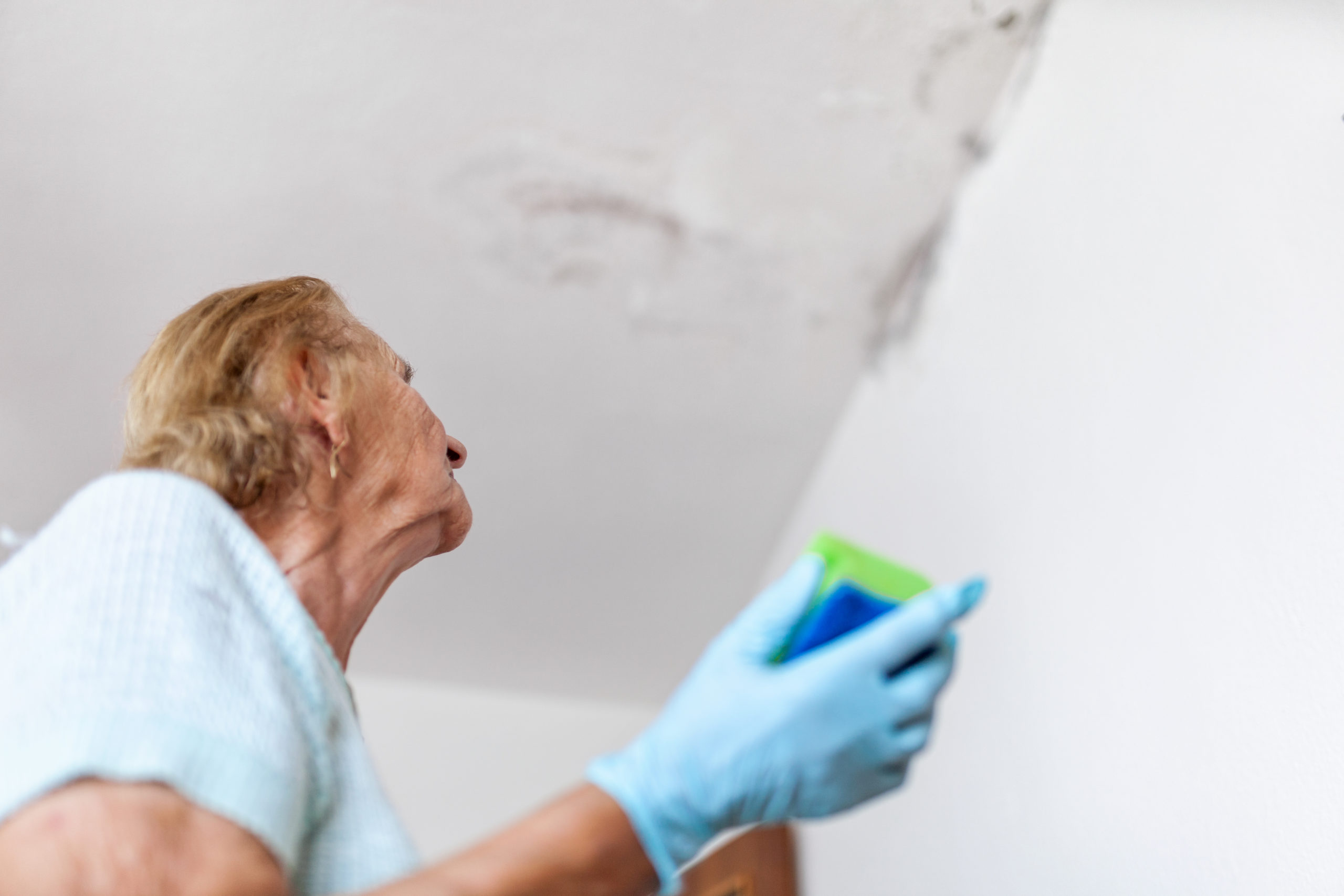Facts, Fiction and Best Practices for Home Dehumidifiers

Many apartment complexes in Pennsylvania have damp basements from excess humidity, creating a musty odor and less than ideal environment. A practical solution for this problem is to install a dehumidifier – an appliance that removes moisture from the air, collecting the water in a removable tank.
Before you buy a dehumidifier, do your homework. Energy Star.gov has a free guide to purchasing and operating a dehumidifier. Measure the room to determine square footage to properly size your unit. Check online reviews on websites like Consumer Reports and Amazon to make certain that you have the correct model for your basement.
There are many myths surrounding the use of dehumidifiers, here’s the facts from Allergy Consumer Review:
Dehumidifiers are Hard to Install: Fiction (with exceptions)
Installing a dehumidifier is usually as simple as plugging it into an electrical outlet. Stand-alone dehumidifiers are designed to be user-friendly and require minimal installation. They’re usually portable and require that you empty a water bucket somewhat frequently to keep it running smoothly.
Dehumidifiers are Expensive: Depends
The cost of a dehumidifier depends on several things. The amount of square footage it covers and even the brand can drive up the cost. A dehumidifier that covers 700 square feet is going to cost more than one that only covers 150 square feet. If you’re looking for a basement dehumidifier, don’t select one that is only meant to remove humidity from a bathroom to save money. It won’t be nearly as effective.
Dehumidifiers can Reduce Mold Growth: Fact
Mold, mildew, and other icky things thrive in damp spaces such as basements, laundry rooms, or bathrooms. No one wants mold spores floating around in their home infecting the air or spreading to new locations on or inside walls and ceilings. A dehumidifier removes the moisture in particularly moist areas which prevents further mold or mildew growth. However, existing mold will need to be removed manually.
Dehumidifiers Can Reduce Allergy Symptoms: Fact
Humidity in a home makes it easy for allergens like mold spores and dust mites to set up camp and stay awhile. People particularly prone to these allergens likely find that humid conditions trigger their allergies and force them to keep a Kleenex with them wherever they go. Along with an air purifier, a dehumidifier will reduce the allergen numbers by removing moisture from your home.
Dehumidifiers Cool a Room: Fiction
Unfortunately, dehumidifiers are not a replacement for air conditioners. However, they can reduce the amount of work your air conditioner must do to make a room comfortable. Energy costs are driven up when your AC must work harder to cool down your home. Removing humidity from a room makes it feel cooler and will reduce how much energy your AC uses.
According to Consumer Reports, here are the best practices for keeping your dehumidifier running at top efficiency:
Set the humidity level. The optimal relative humidity level is between 30 and 50 percent, according to Energy Star (and 30 to 40 percent in colder areas during heating season).
Pick the right spot. Be sure to allow enough room for air to freely flow into and out of the dehumidifier
Close all windows and doors. Enclosing your space allows the dehumidifier to work more efficiently.
Empty the tank regularly. When the tank is full, an indicator lights up and the dehumidifier shuts off. To keep the dehumidifier running when you’re out of the house, empty the tank regularly in high season. Or you can connect a hose to any of the tested dehumidifiers to divert the water to a drain nearby.
Keep it clean. The filter cleans the air that flows through the dehumidifier, and when it’s dirty, your dehumidifier’s efficiency takes a hit. Most models in our ratings have an indicator light to tell you when it is time to clean the filter. Wash and dry it regularly, following your manual’s advice. While you’re at it, see the manual’s advice on cleaning the grill. When the grill is dirty, air movement is slowed.
As always, carefully read the manufacturer’s guide for specific information on operation and maintenance.
Reference Links:
Dehumidifiers, Energy Star, https://www.energystar.gov/products/appliances/dehumidifiers
Liz Morrison, 15 May 2020, Allergy Consumer Review, “Fact Vs Fiction: Dehumidifiers”
https://www.allergyconsumerreview.com/fact-vs-fiction-dehumidifiers.html#sthash.CdeX8fK0.dpbs
Kimberly Janeway, 20 May 2020, Consumer Reports https://www.consumerreports.org/dehumidifiers/how-to-get-the-most-from-your-dehumidifier/